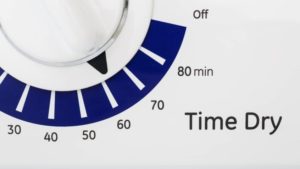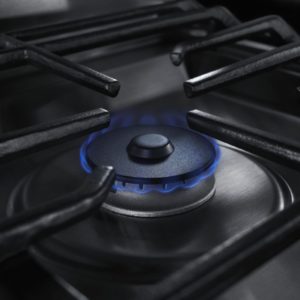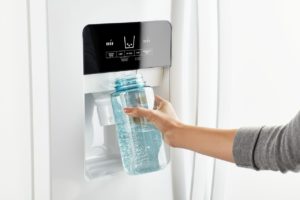How to Replace Broken Dryer Buzzer
**NOTICE**
Due to the danger and complexity of electronic equipment repair, the following technical tip is intended for professional reference only. Please refer to manufacturer’s recommendations as Encompass does not guarantee the accuracy, reliability or safety of this information.
Many people rely on dryer buzzer alerts to keep laundry moving efficiently, while others find the sound annoying and keep it turned off. If you find the alerts more of a help than a hindrance, read on to see how easy it is to replace a broken Whirlpool-style dryer buzzer.
Get It Together
The first step to any appliance repair is to gather all necessary tools and the correct replacement buzzer. Be sure to double check the part number for your dryer’s make and model before placing an order. Here’s what you need:
- Replacement Buzzer
- Screwdriver (flat head and Phillips)
- Hand Towel or Cloth
- Work Gloves (optional)
Repair Steps
- Unplug Dryer — Because this is an electrical repair, start by unplugging the dryer. This prevents shock when changing out the electrical components.
- Pull Dryer from Wall — Move the unit away from the wall and/or turn it to have enough room to stand behind it while accessing the upper back panel.
- Open Back Panel — Remove the mounting screws attaching the back panel to the control panel housing and set aside. Use the towel to fully pull away the back panel as the edges can be sharp. Work gloves can also keep your hands safe from an accidental cut. Set the panel aside next to the screws.
 Remove Broken Dryer Buzzer — Take off the buzzer knob or button. Trace the button to the exact location in the back of the dryer. Different dryer models often place the buzzer in various locations, so this is the most reliable way to find the right part. You can also match it to the appearance of your replacement part.
Remove Broken Dryer Buzzer — Take off the buzzer knob or button. Trace the button to the exact location in the back of the dryer. Different dryer models often place the buzzer in various locations, so this is the most reliable way to find the right part. You can also match it to the appearance of your replacement part.- Disconnect Wiring Clip — Pull wiring clip free from existing, broken buzzer [you may need to press a release catch].
- Unfasten Mounting Screw(s) — The existing buzzer should be mounted with one or two screws, which need to be removed and set aside. Now, remove the buzzer and discard, or preferably recycle.
- Install New Part — Start by connecting the wiring clip to the back of the new buzzer, just as the previous buzzer was connected. This is easier to do while the buzzer is not yet fastened.
- Align New Buzzer — Align the new buzzer into place. There may be a second screw point or a small lip or clip that slots into a hole where the top of the buzzer should go. Make sure that one or both screw holes are aligned with the mounting points inside the control panel. Then, fasten the mounting screws firmly to hold new dryer buzzer in place.
- Return Knob & Reassemble Dryer — Finally, if you removed the knob or button, return it to the front of the dryer panel. With the new part installed, close the back panel, aligning it into place and ensuring the mounting screw holes line up with the dryer panel housing. Fasten the back panel mounting screws and push the dryer back toward the wall. Be careful with the dryer duct tubing, which will need to remain uncrumpled while you push the dryer.
- Test New Buzzer — Plug the dryer back in and set a short timed drying session to ensure the buzzer sounds.
Special thanks to Fred’s Appliance Academy for this helpful tip!




 What Causes Gas Stove to Click?
What Causes Gas Stove to Click? Supplies
Supplies The sensor bulb, which monitors the temperature, stretches from the control thermostat to the
The sensor bulb, which monitors the temperature, stretches from the control thermostat to the